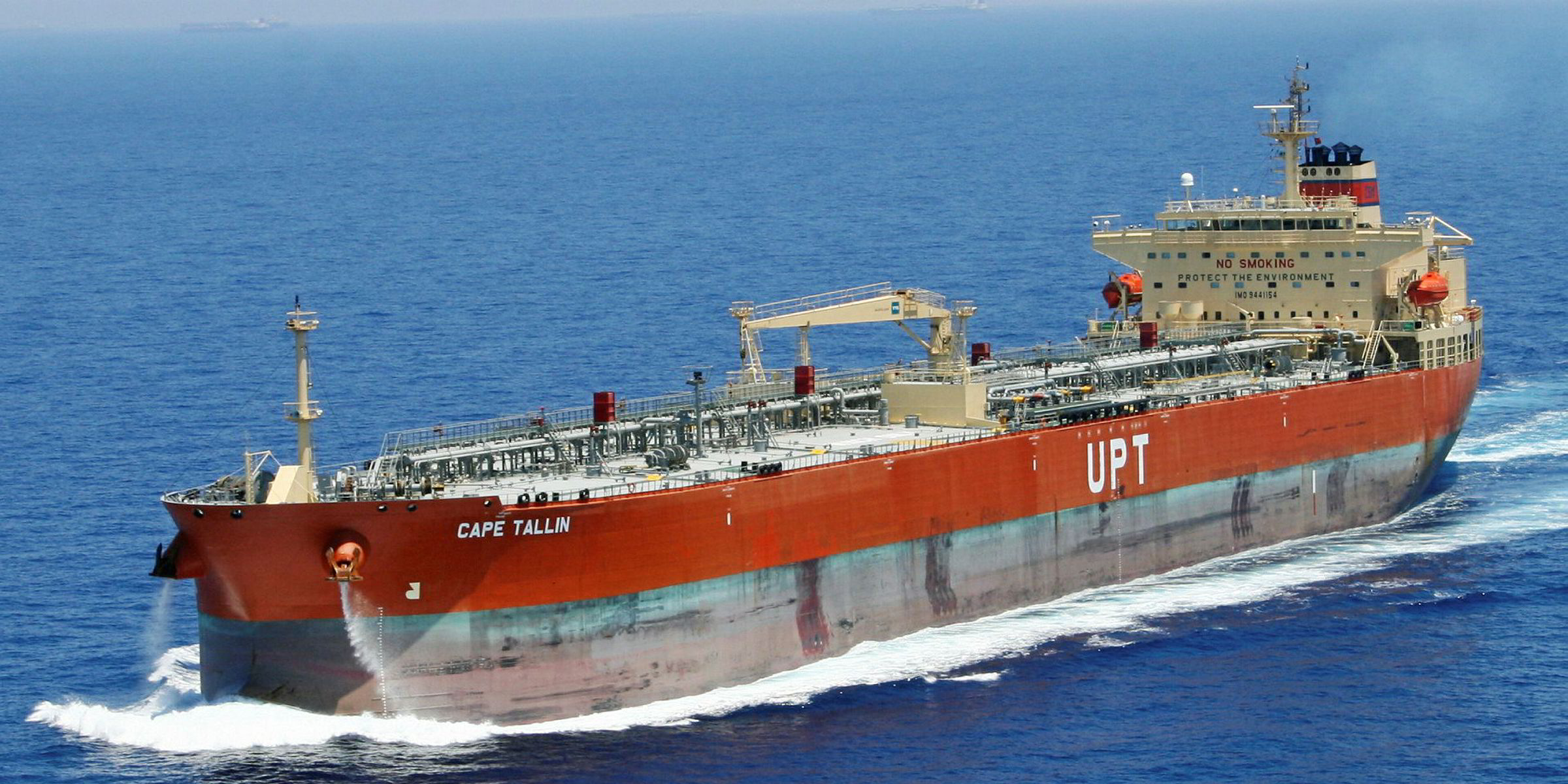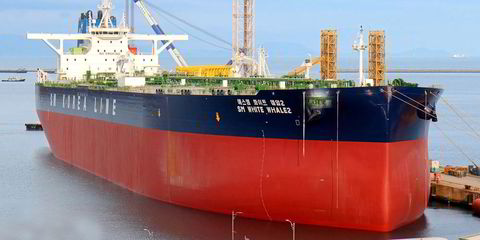Hamburg-based pool and commercial manager United Product Tankers (UPT) has undergone massive change in the past few years.
It has transformed from being largely a commercial manager for joint-venture shareholders Schoeller Holdings and Hartmann AG to a far more broad-based operation with at least 10 different partners in its pools.
It has fewer ships than at its peak of about seven years ago, but still controls 34 vessels, all but two in its LR1/panamax and handysize pools.
The panamax fleet has seven 74,000-dwt product tankers — all controlled by Schoeller’s Columbia Shipmanagement — but the 27 handysize ships now embrace a range of familiar owners, including Nordic Shipholding, Socatra, Conti and Sea World Management.
UPT, which began life in 2003, had started its move to becoming more of a third-party manager by 2012. The transition accelerated after several ships left the pool at the end of 2014 and the beginning of 2015, having been sold or scrapped.
Joint managing director Christos Matarangas says: "So, a difficult time [at the] beginning of 2015 but we managed to restructure the company and grow again from 2016."
Co-managing director Stefan Ciegelski adds: “Since the middle of last year we have grown by 10 ships from four different owners.”
The company has focused on replacing and adding tonnage from owners and managers outside of Germany’s KG (limited partnership) system following the decline in the domestic market.
Matarangas says UPT has been transformed into an “open and transparent” third-party manager. Having ships from several owners and nationalities, rather than majority and dominant shareholders, has encouraged other owners to come onboard.
It means that, including the seven Columbia ships that make up the panamax pool, the original shareholders have just 14 vessels with UPT compared with between 40 and 50 historically. All recent fleet growth is down to recruiting third parties who individually have between one and four vessels with UPT.
Size matters in attracting new partners and this could explain why the handysize pool has grown. Owners feel more comfortable being part of a large fleet and bigger mix of owners and this is something UPT is seeking to address, says Ciegelski.
He says UPT enjoys a very good reputation in the market. Although a commercial manager, UPT behaves more like an owner.
"If we take a risk or a specific voyage we ask what it means for the ship technically and insurance wise. Of course we look for the money but maybe balance that in a different way,” Ciegelski says.
"Although we have 10 or more partners, we take the same decisions as if we owned the ships. We have to justify every decision to those partners: that is the way we have been brought up and the way we act.”
UPT, which has offices also in Stamford, Connecticut, and Limassol, claims that vessel earnings exceed market indices. Matarangas says traditionally UPT has been a strong spot market player but has always chosen to have a few time charters in its pools, something linked more to customer relations.
As with other commercial managers, UPT says it has a strong relationship with oil companies and certain traders. "They are so big and none of us can serve them alone,” Matarangas says. "We are very strong with certain charterers and in certain areas.
“Our strategy is to have a broad customer base — we deal with more than 60 customers every year,” he adds, acknowledging that, like other product tanker players, UPT is exposed to changes in charterers’ trading patterns and personnel.
“Changes in the past have shown us not to be super exposed to certain customers,” Matarangas says.
Historically, pools are generally said to outperform the earnings of owners with maybe just three or four ships.
"When you have 10 or 20 ships it is a different ball game,” says Ciegelski, who is optimistic about the outlook improving for product tankers given the low level of ordering in the past two years.
“Between 2013 and to date, the MR fleet has grown basically by one-third. There are still ships coming every day but the growth is far less than in the past five years.
“Now there are less ships coming and product flow is stable, or growing 1% to 2% every year, which means very good prospects for the market. The number of newbuildings is fixed for the next year and a half and I don’t see hardly anybody ordering, which is good news. So on the steel side I am optimistic.”
However, Matarangas says it has been very difficult predicting the market this year. Hurricanes used to be positive for the product tanker market but not this time. Nevertheless, overall product flow fundamentals “remain positive”, and while demand is continually changing, it creates new trades.
“We have seen stocks coming down from the highs of 2015/beginning of 2016 and that will allow trades to flow,” Matarangas says.
Currently, he says, there are sufficient volumes to keep ships employed but rates are insufficient to earn a decent return. But having said that, with earnings almost double operating expenses, product tankers compare well with some sectors.
The recent merger of Columbia with Marlow Navigation is viewed as positive for UPT going forward.
Ciegelski says: "Columbia has been strengthened by this merger, and reorganisation is very important to us as it is important to have a stable partner there.”





